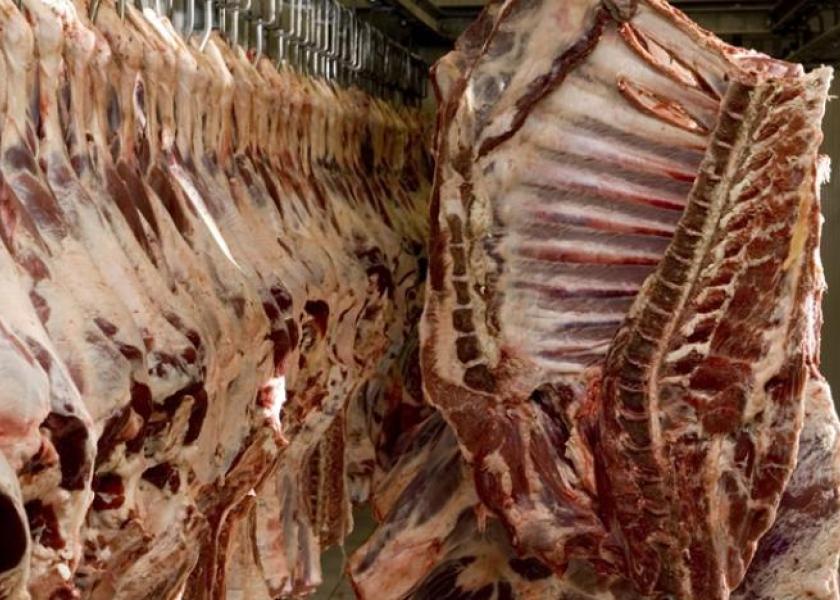Nalivka: Reviewing Carcass Weights

The beef industry has changed significantly in a positive way since cattlemen liquidated herds to a 60-year low at the beginning of 2014, with the most apparent benefit to carcass grades. For the past 16 months fed cattle have graded 85% Choice or higher with the five-year (2015 – 2019) average at 82%. This compares to an average of 73% Choice from 2009 – 2014.
Let’s review what was happening in the feedlot during that period when the carcass grade was sharply improving. Feeder cattle were priced into feedlots at $210 - $250 per cwt. in second-half 2014 through first-half 2015. Breakeven prices for cattle marketed during 2015 ranged from $150 - $170 per cwt. At the same time, steer prices were falling sharply. From late 2014 to late 2015, prices fell from the $170s per cwt. to the $120s per cwt. taking feeding margins from $275 in the black to $580 in the red!
So, on to the topic at hand, we all remember when cattle weights (carcass) hit record highs in 2015 as cattle feeders held cattle in an attempt to lower break-evens (cost ÷ weight = BE). By fourth-quarter 2015, steer carcasses were hovering around 930 lbs. while heifer carcasses were pushing just over 850 lbs. While we are not there yet, weights have risen significantly this year and well above a year ago when feedlots were very current as fed cattle prices were strong against cattle numbers that were relatively tight. This is not the circumstance this year with increased available supplies and lower fed cattle prices.
So, are there problems brewing? I do offer a word of caution. Steer weights have risen to record levels for this time of year and there are 6% more cattle in the country than there was in 2015. In addition, cattlemen are liquidating herds with 13% more cattle on feed than at the beginning of 2016. Heifers are accounting for a large share of current on feed inventories.
While I caution against weights moving back to those seen in 2015 – 2016 as that can be a significant contributor to increased production, there is one significant factor to consider in this analysis – breakeven prices for cattle placed on feed. They are hovering in the range of $110 - $115 and they need to stay in this range to protect feeding margins. I am optimistic about the market improving as the year progresses, but there is still a degree of uncertainty. Consequently, managing breakeven prices and risk are a high priority.







